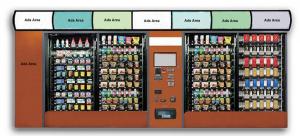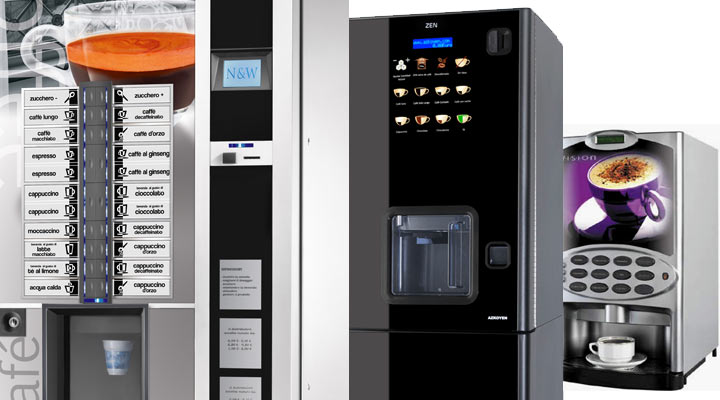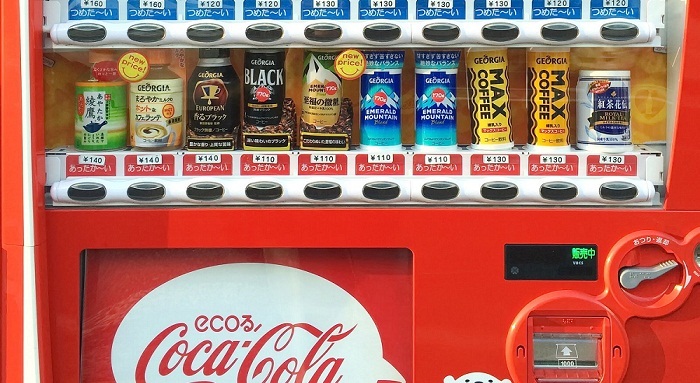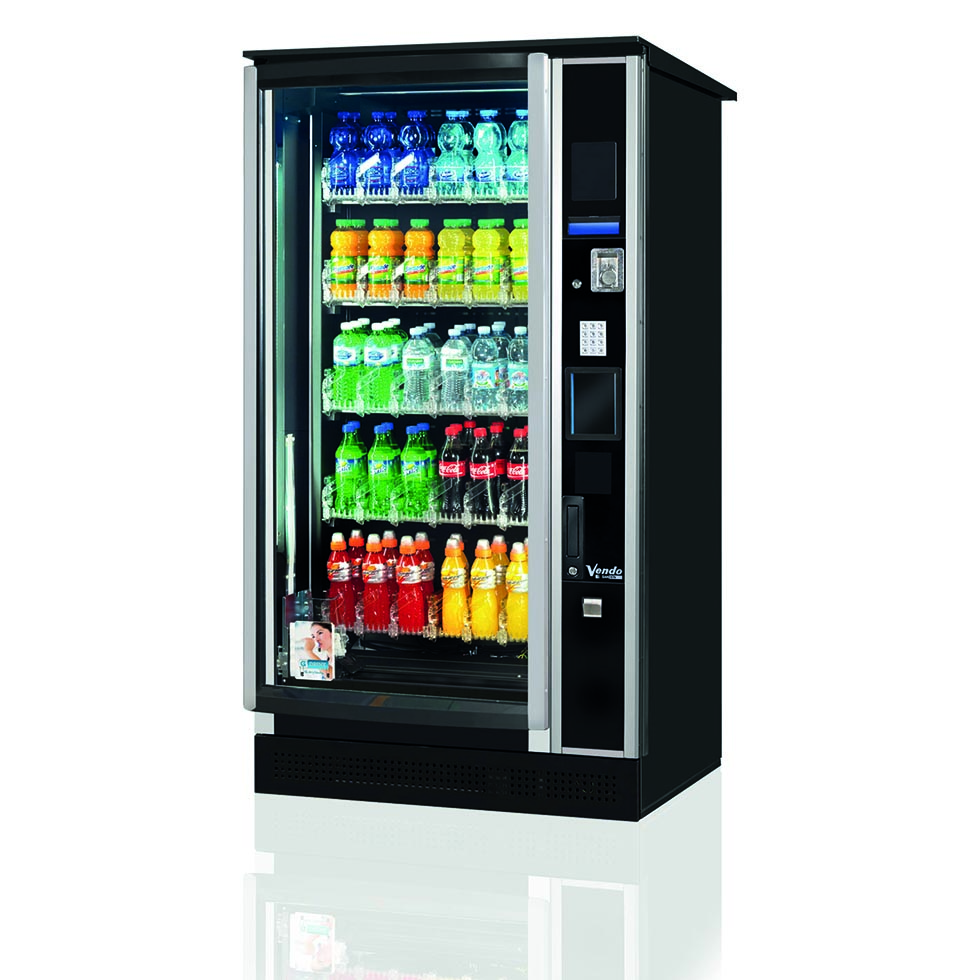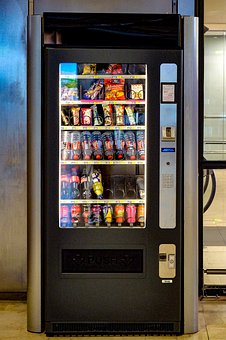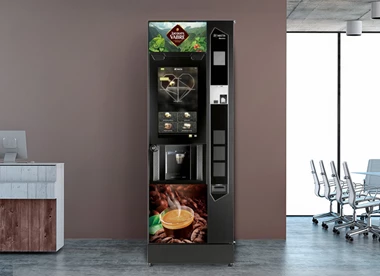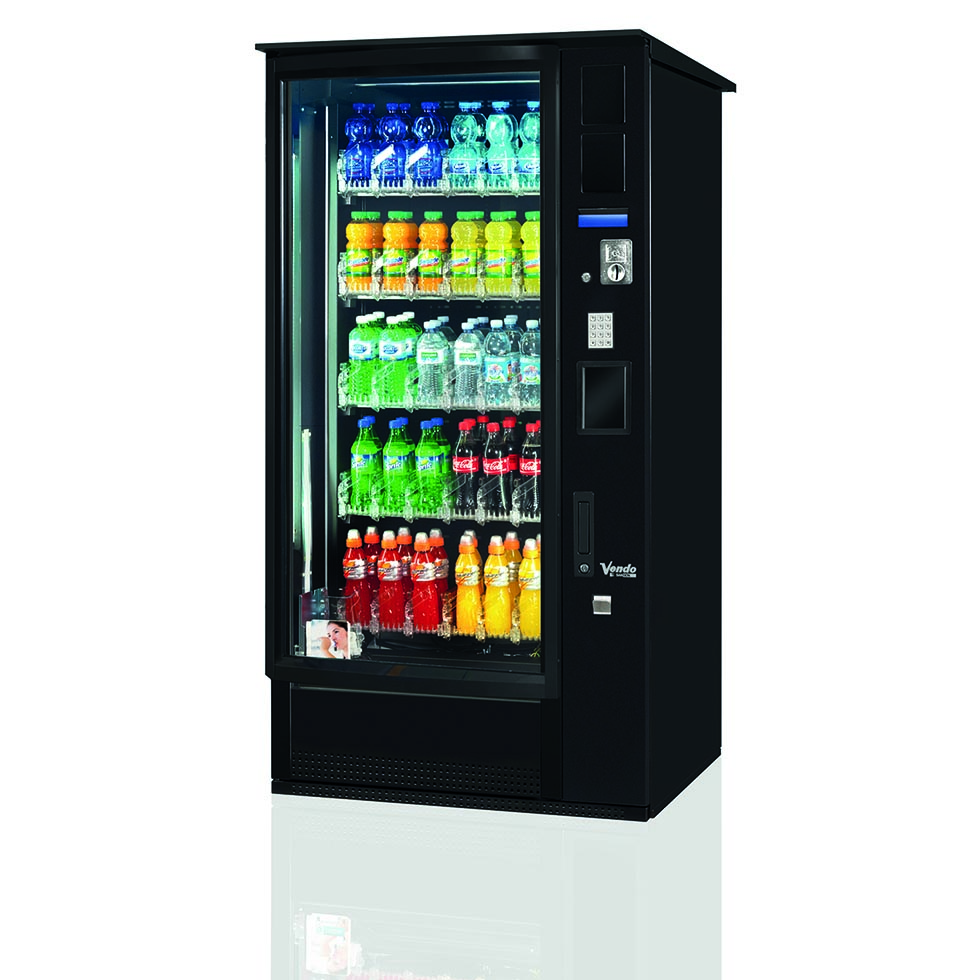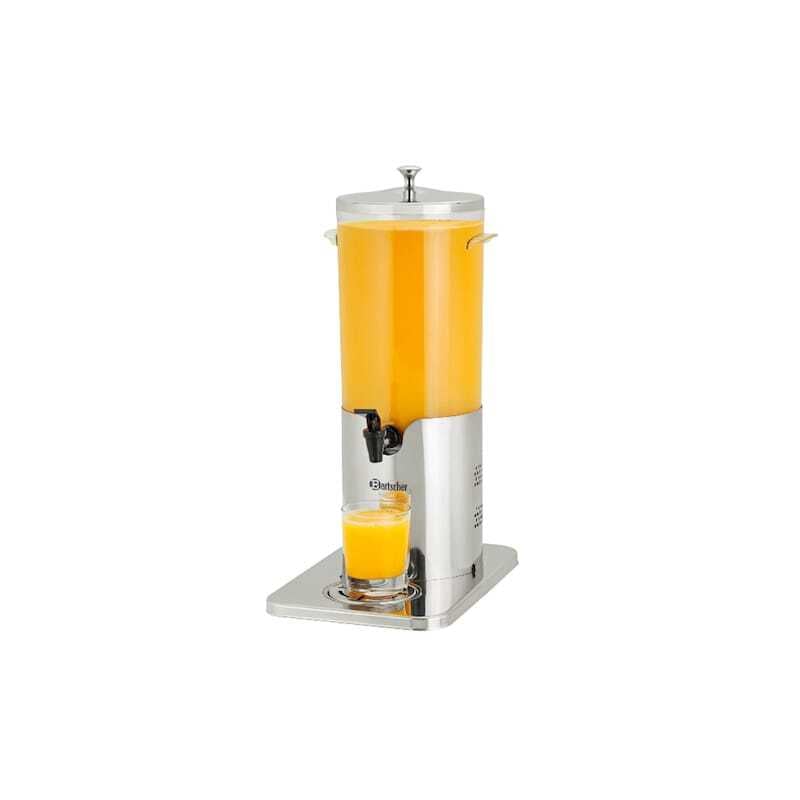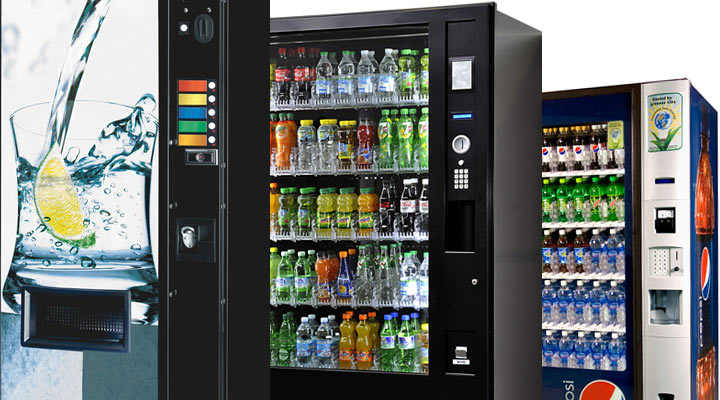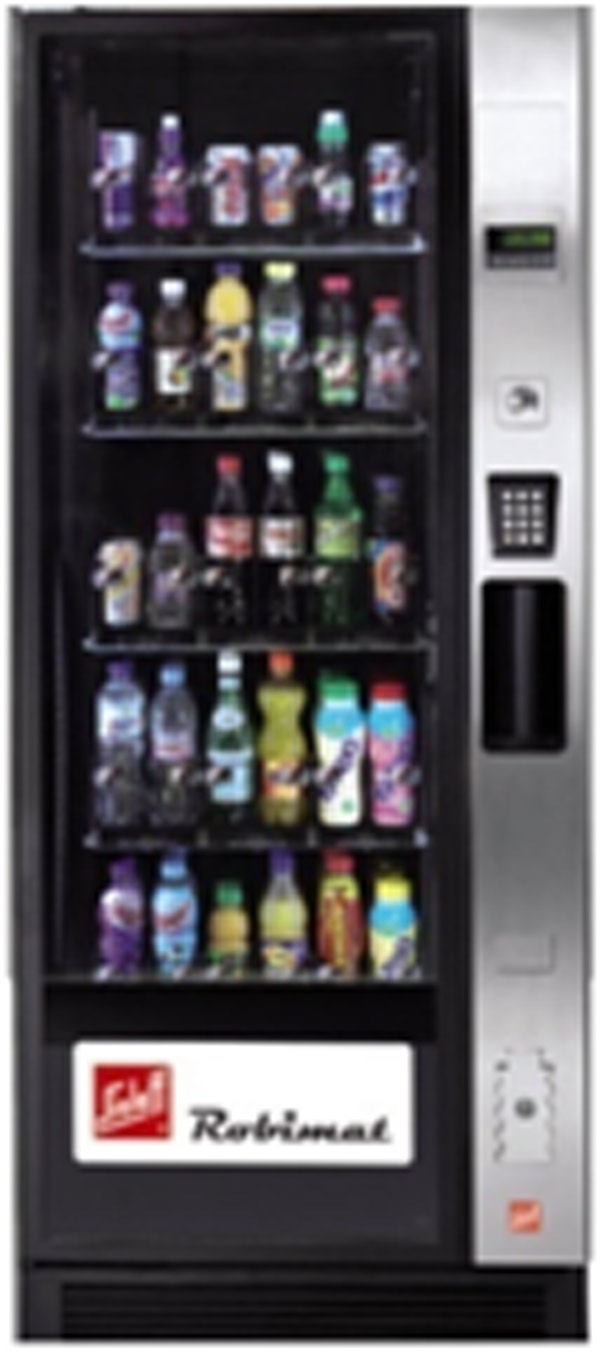
Distributeur automatique de boissons avec vitrine : Devis sur Techni-Contact - Distributeur de boissons 2 portes

1,5 Gallon Boisson Extérieur Distributeur De Limonade Seau À Glace Stand Acier Inoxydable Eau Froide Et Plus Red tide Extérieur en Verre Distributeur De Boissons avec Infuseur Thé Gobelets Vaisselle et arts
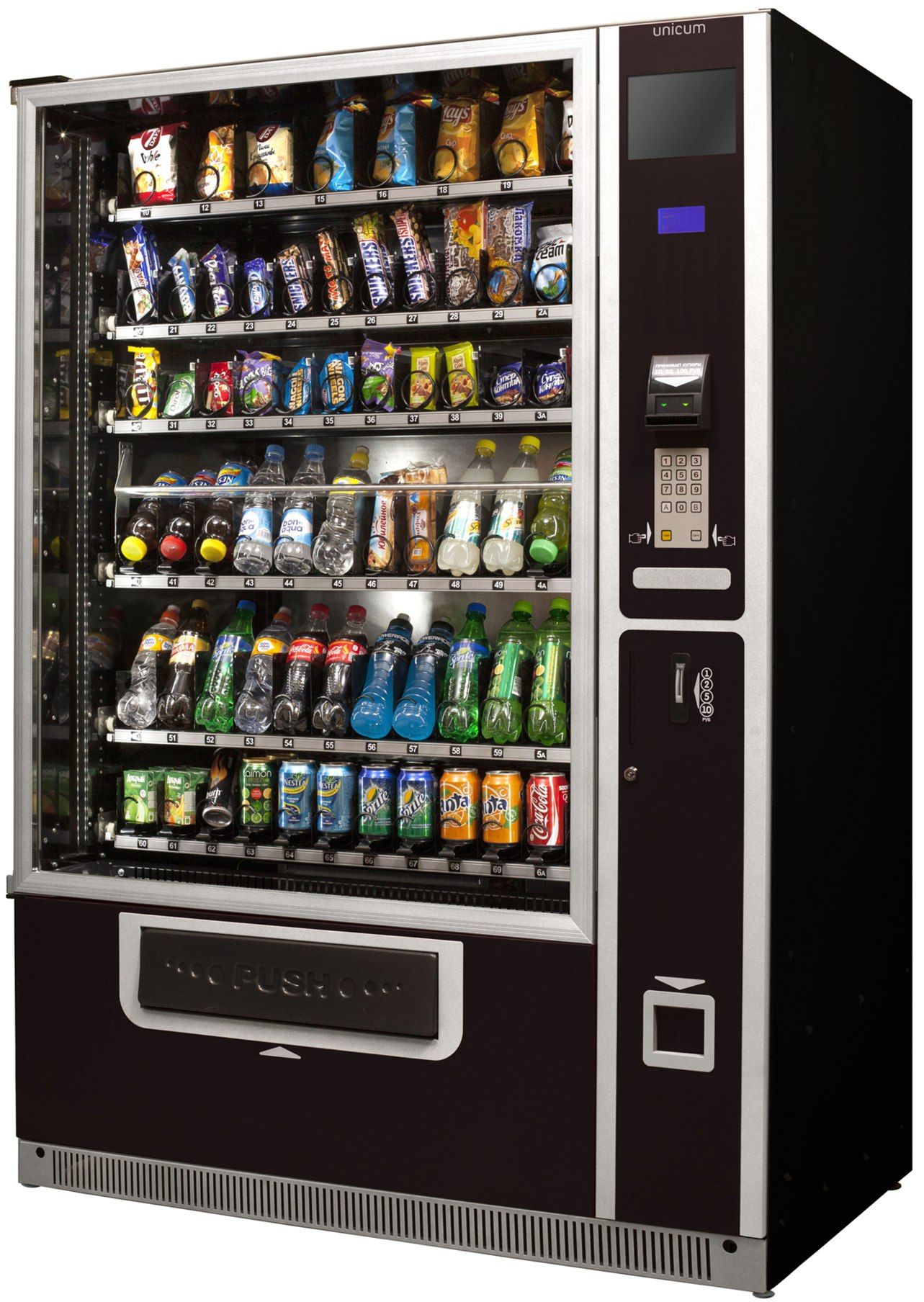
Distributeurs de snacks et confiseries - tous les fournisseurs - distributeurs de snacks et confiseries - distributeur snack - distributeur confiserie - distributeur barre glacée - distributeur de snack et conf
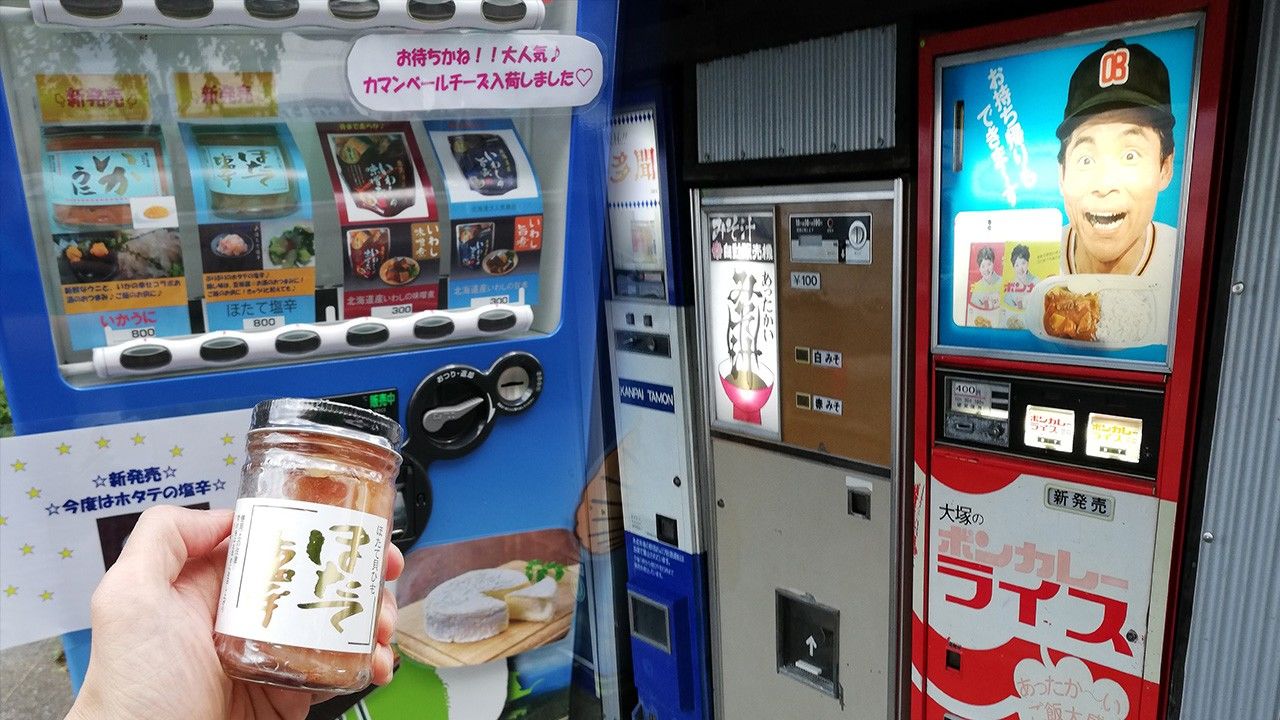
Les distributeurs automatiques, une particularité bien japonaise ! | Nippon.com – Infos sur le Japon

1,5 Gallon Boisson Extérieur Distributeur De Limonade Seau À Glace Stand Acier Inoxydable Eau Froide Et Plus Red tide Extérieur en Verre Distributeur De Boissons avec Infuseur Thé Gobelets Vaisselle et arts
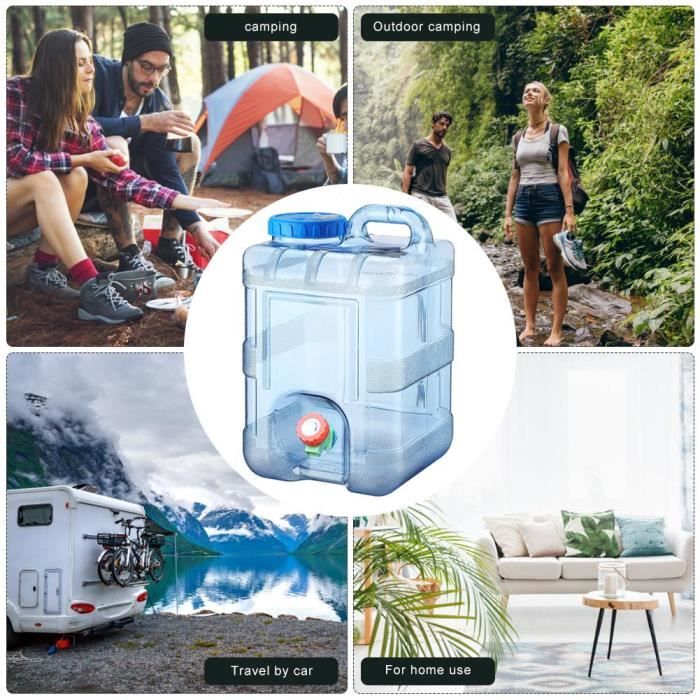
Sport,Distributeur de récipient d'eau de boisson 10l,Portable,solide,Transparent,bleu,pichet d'eau pour l'extérieur,Camping - Cdiscount Electroménager
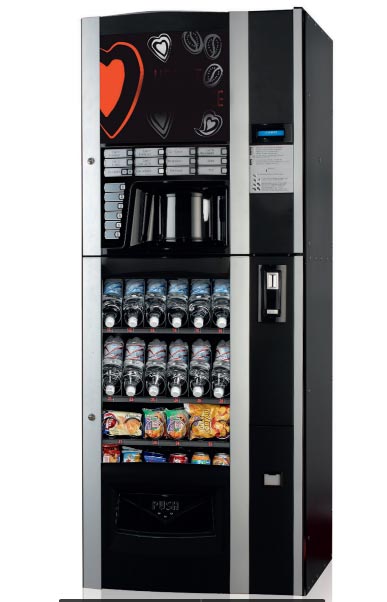
Distributeur automatique snack et boissons : Devis sur Techni-Contact - Machine distributrice boissons et confiseries

Distributeur de boisson en verre avec robinet en acier inoxydable 18/8 – 100 % étanche – Large ouverture facile – Distributeur de boisson pour l' extérieur, les fêtes et un usage quotidien (3,5 l) : Amazon.ca: Maison
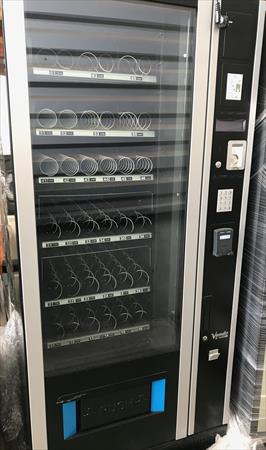
DISTRIBUTEURS AUTOMATIQUES OCCASIONS ET DESTOCKAGE EN FRANCE, BELGIQUE, PAYS BAS, LUXEMBOURG, SUISSE, ESPAGNE, ITALIE, MAROC, ALGÉRIE, TUNISIE
